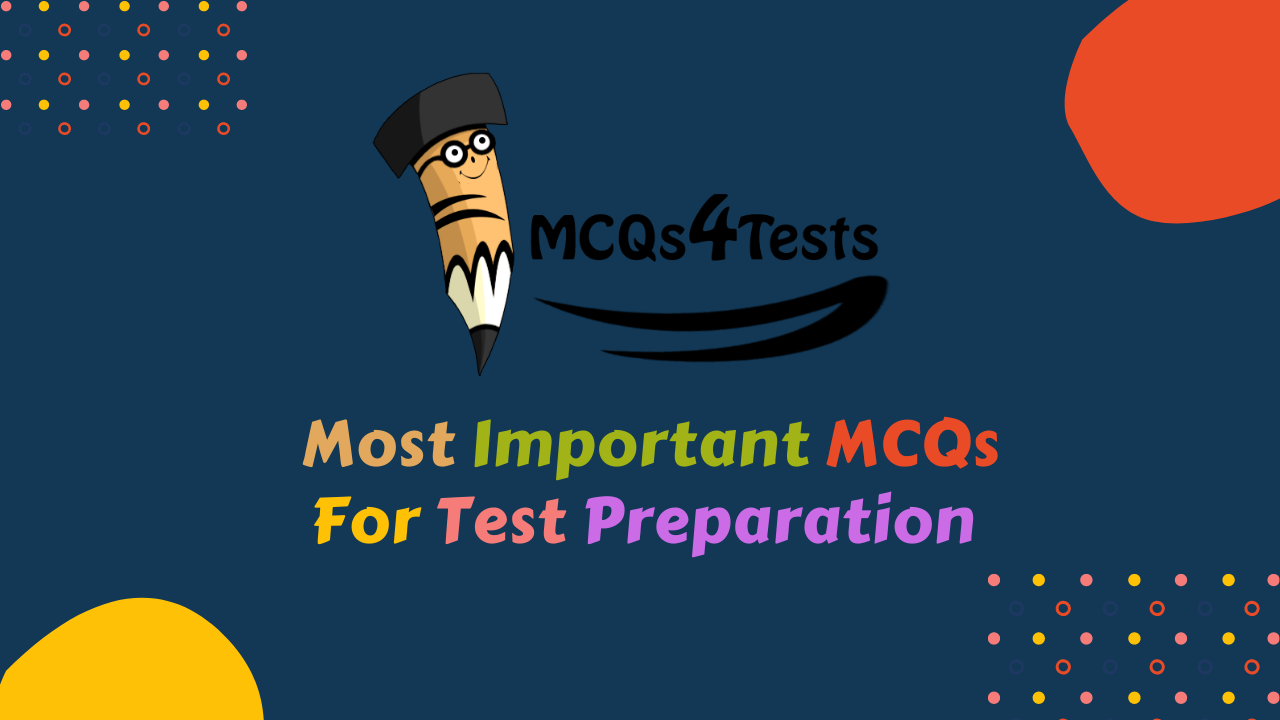(A) One-tenth
(B) One fifth
(C) One fourth
(D) One third

Everyday Science MCQs for Test Preparation. These Everyday Science MCQs are the most repeated MCQs and very important for all type of exams organized by FPSC, PPSC, KPSC, SPSC, BPSC, NTS, PTS, OTS, UTS, CTS, ITS and other testing agencies of Pakistan. Most important FPSC MCQs, PPSC MCQs, KPSC MCQs, SPSC MCQs, BPSC MCQs, NTS MCQs, PTS MCQs, OTS MCQs, UTS MCQs, CTS MCQs, ITS MCQs and other MCQs for test preparation in Pakistan.
(A) One-tenth
(B) One fifth
(C) One fourth
(D) One third
(A) The mass of the astronaut is reduced to zero
(B) Gravity inside the spacecraft ceases to act
(C) The astronaut is outside the influence of the earth’s gravitational force
(D) The astronaut and the spacecraft are both in a free-failing state
(A) Of refraction
(B) It is cooler at sunrise and at sunset
(C) Of diffraction leading to the red end of the spectrum reaching the earth.
(D) Of Scattering of light due to dust particles and air molecules.
(A) At the bottom
(B) ln the middle pan
(C) At the top surface
(D) Uniformly throughout the water body
(A) Selective absorption of light
(B) Selective re action of light
(C) Interference of light
(D) Natural colour pattern of feathers
(A) Eye is unable to adjust itself immediately
(B) Retina becomes insensitive momentarily
(C) Iris is unable to dilate the pupil immediately
(D) Distance between the lens and retina take time to adjust
(A) 140-150
(B) 115-125
(C) 72-80
(D) 60
(A) Dextrose
(B) Laevulose
(C) Sucrose
(D) Fructose
(A) Argon
(B) Radon
(C) Helium
(d) Neon
(A) Streptomycetes
(B) Staphymycetes
(C) Diplomycetes
(D) Micrococcus